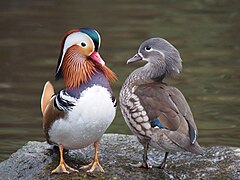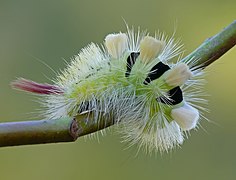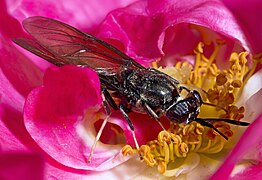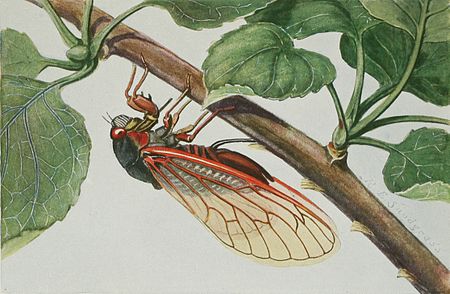대문
|
위키생물종에 오신 것을 환영합니다!
|
분류군 둘러보기
|
위키생물종 둘러보기
협력위키생물종과 주키스(ZooKeys) 사이의 협력이 공표되었습니다. 2010년 11월에 파이투키스(PhytoKeys)도 협력에 동참했습니다. 주키스 및 파이투키스의 생물종 영상이 위키미디어 공용에 올려졌으며 위키생물종에서 사용할 수 있습니다. 저명한 생물학자 Francesco Redi Francesco Redi was an Italian entomologist, parasitologist and toxicologist, sometimes referred to as the "founder of experimental biology" and the "father of modern parasitology". Having a doctoral degree and in both medicine and philosophy from the University of Pisa at the age of 21, he worked in various cities of Italy. Redi is best known for his series of experiments, published in 1668 as Esperienze Intorno alla Generazione degli Insetti ("Experiments on the Generation of Insects"), which is regarded as his masterpiece and a milestone in the history of modern science. The book is one of the first steps in refuting "spontaneous generation", a theory also known as "Aristotelian abiogenesis". At the time, prevailing theory was that maggots arose spontaneously from rotting meat, which Redi was able to disprove. In an experiment, He used samples of rotting meat that were either fully exposed to the air, partially exposed to the air, or not exposed to air at all. Redi showed that both fully and partially exposed rotting meat developed fly maggots, whereas rotting meat that was not exposed to air did not develop maggots. This discovery completely changed the way people viewed the decomposition of organisms and prompted further investigations into insect life cycles and into entomology in general. It is also an early example of forensic entomology. In Esperienze Intorno alla Generazione degli Insetti Redi was the first to describe ectoparasites, such as lice (Phthiraptera), fleas (Siphonaptera), and some mites (Acari). His next treatise in 1684, titled Osservazioni intorno agli animali viventi che si trovano negli animali viventi ("Observations on Living Animals, that are in Living Animals") recorded the descriptions and the illustrations of more than 100 parasites. In it he also differentiates the earthworm (generally regarded as a helminth) and Ascaris lumbricoides, the human roundworm. An important innovation from the book is his experiments in chemotherapy in which he employed what is now called "scientific control", the basis of experimental design in modern biological research. Perhaps, his most significant observation was that parasites produce eggs and develop from them, which contradicted the prevailing opinion that they are produced spontaneously. Altogether he is known to have described some 180 species of parasites. See also: Distinguished authors of previous months. |
Species of the monthDecim Periodical CicadaSome facts on this insect: Body length: 28-29 mm. Eggs deposited by the female: 400-600. Male song: High-pitched call resembling "weeeee-whoa" or "Pharaoh". Range: Canada and the United States. Life-span: 17 years. First described: By Swedish naturalist Carolus Linnaeus in 1758, who originally named it Cicada septendecim.
See also: Species of previous months |
|
위키생물종은 다언어, 자유 콘텐츠를 지향하는 비영리 단체인 위키미디어 재단에서 운영합니다.
|






















